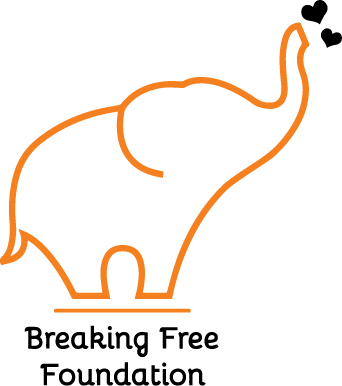Types of Trauma
Childhood Trauma
When we speak about childhood trauma, this generally refers to traumatic experiences that occur to children between 0 and six-years-old, however any trauma towards a child would fall into this category. Infants and young children react differently to trauma than adults do, because their brains are still forming and they may not be able to verbalize or comprehend what’s happening to them at the time.
There is evidence to indicate that traumatic experiences children experience can oftentimes lead to mental illness or emotional issues later in life. Childhood trauma can be caused from the same types of scenarios that adults have responded to, but research indicates that things like medical procedures or sudden loss of caregivers, etc. can lead to similar trauma symptoms or PTSD reactions in children.
Symptoms of childhood trauma can include:
Poor verbal skills
Memory problems
Difficulty learning in schoolChildhood Trauma
Learning disabilities
Excessive temper
Demanding of attention
Aggressive behaviours
Excessive crying or screaming
Trust issues
Guilt
Fearful of adults
Fear of being separated from caregiver
Anxiety
Irritability
Lack of self-confidence
Stomach aches or headaches
Nightmares or difficulty sleeping
Bed wetting or thumb-sucking (regressive behaviours)
If you want some information on what to do when a child discloses abuse (or if you suspect), read our blog on Disclosures.
Trauma in the Workplace
While any employee could be dealing with trauma or PTSD at any time, there are several potential situations that could be traumatic in a workplace as a whole, and in turn affect many or all employees.
Examples of traumatic workplace events are:
Death or serious injury
Witnessing a death
Violent attacks
Threats
Bomb threats, explosions, fire, etc.
Natural disasters
Search and rescue situations
Attempted or completed suicide
The best thing employers and businesses can do is to be proactive about trauma in the workplace. Some ideas for dealing with or preventing workplace trauma are the following:
Be prepared: have detailed maps, checklists and guides readily available to all current and new employees on the procedures for emergency situations, etc.
Make it a priority: don’t wait for a traumatic event to happen before you start taking action.
Get employees involved: consider involving employees in the process of preparing for such events, and creating conversations and collaboration in the workplace.
Identify potential risks: offer training for employee communication, coping, identify any potential hazards and ensure a safe working environment at all times.
Provide resources: provide a list of resources for each employee in the event of a traumatic experience so that help is readily accessible and available to them.
Be calm and collected: the best thing to do when a traumatic experience happens at work is to communicate thoroughly and often with your staff, and remain calm and collected at all times.
If you’re looking for specific guides and resources on planning for workplace trauma, check out these resources on the Health Canada website.




